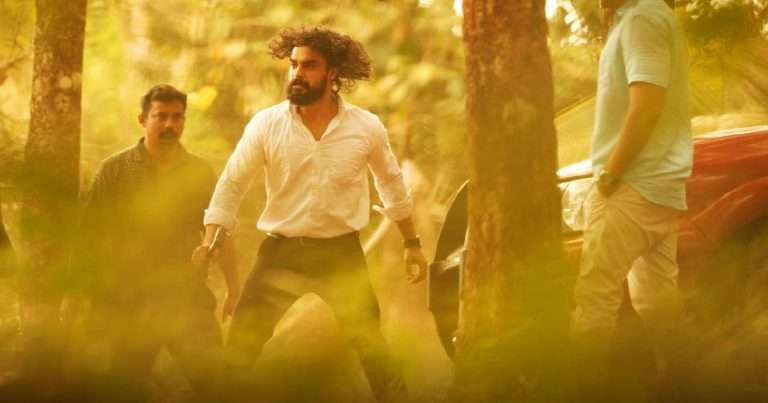“Aahat” was launched by Sony Entertainment Television in 1995. For twenty years thereafter, it dominated as the most popular horror show on Indian television. As we delve deeper into the rise of horror on television, it becomes essential to examine the lineage of influences and precedents that shaped its evolution. Before the 1970s, horror was mostly artsy, bearing the influences of German Expressionism. In the 1970s, the upward mobility of Ramsay Brothers pointed to something that was simmering beneath.
It was the time when a huge influx of young migrants left their homes in the countryside and started populating the urban slums in search of work. Ashish Nandy posits “popular cinema is the slum’s point of view of Indian politics and society and, for that matter, the world.” The lower-middle-class slum dwellers who were the unrivalled patrons of the seedy cinema halls had a taste for excess. The Ramsays combined sex and sleaze with horror to cater to this population.
With the collapse of the brash cinema hall culture in the face of the advent of VCRs and TV sets, the horror genre seems, of necessity, to have turned away from crudity and lower-middle-class sensibilities and redirected its creative urge to spook the haute bourgeoisie. The upper middle class did not want to invite nuisance (read: horror tinged with pornography) inside the comforts of their living rooms. Therefore, as the Ramsay Brothers prepared to leave the scene in the late 1980s, foreign satellite channels, like Zee TV and Sony Entertainment Television, explored the future possibilities of horror.
Classic horror films were generally found to be ideal materials for adaptation to the television format. They were readily interpretable as analyses of modern realities. The episodes rejoiced in hauntings, sudden death, murder mysteries, dreams, diablerie, phantasms, and prophecies. Interestingly, Sriram Raghavan, who is known for his cinematic nods to Hitchcock and Bombay noirs, wrote many episodes of “Aahat.” In this article, we glance back at five episodes of early “Aahat” (more specifically, Season 1, 1995-2001), which were inspired by horror classics.
1. Unfaithful/Diabolique (1955)
Released in 1955, Henri-Georges Clouzot’s “Diaboliques” did not merely change the course of horror for times to come; it redefined the cinematic mode of address. A film like this relies on word-of-mouth, but more than that, it relies on a lifetime of audiences holding their tongues. At Delassalle Boarding School, the headmaster, Michel Delassalle, is instrumental in bringing about a reign of terror. His transgressions are on full display– his wife, Christina, and mistress, Nicole, work at the same school and are victims of the cruelty meted out by him. So, they contemplate getting rid of him.
In the episode “Unfaithful,” although the central premise remains the same, it is shorn of most of the plot devices of the film for an easy adaptability to TV. In “Unfaithful,” Anju Mishra (Prateeksha Lonkar) finds herself in an adulterous maze when a woman named Karuna (Mona Ambegaonkar) shows up at her house, introducing herself as the fiancée of her husband, Shailesh (Raja Bundela). Both the women– realising that the man has been stringing them along simultaneously – seek vengeance and bury him in a pit they dug.
However, the sickly wife believes that the man is back, despite the fiancée’s assurance that she is simply suffering from paranoia. Unfaithful’s account of the murderous plan, clumsy attempts at its concealment, and the final supernatural retribution cannot be termed as tragic. Here, the audience’s sympathies are purposefully directed away from ‘deceiving’ men to ‘deceived’ women.
More Horror Movies: 10 Must-see Horror Movies You Can Watch on Max Right Now
2. Poison/Alfred Hitchcock Presents (Season 2, Episode 20)
“Poison,” like “Unfaithful,” presents a modern domestic mayhem and the fraught relations of middle-class partners as its subject. The inspiration? The anthology series “Alfred Hitchcock Presents,” which premiered in 1955. Drawing from the episode “Malice Domestic,” it is a tale of suspicion that ruptures the comfortable shapes and contours of a marriage. Although there is little known evidence of the story being drawn from any real-life incident, given the quotidian nature of it, it would not be too far-fetched to think of it as being inspired by one.
The drama unfolds in a quaint bungalow, between a couple who harbour antagonistic feelings for each other behind each other’s backs. Sejal (Roshni Achreja) is in an extramarital affair with her colleague at her laboratory. She plans to kill her husband, Sudhir (Bobby Khanna), to get together with her lover. Sejal goes to a nursery to buy pesticide for gardening.
The nursery owner warns that the quantity of poison the packet contains can exterminate half the population of the city. When Sudhir falls sick after eating the food cooked by Sejal, his doctor friend, Vikas, insinuates that his wife has surreptitiously mixed poison in it. “Poison” remains one of the most inventively unpredictable episodes of the first season.
3. Eyewitness/Rear Window (1954)
“You have suspense when you let the audience play God.”
— Alfred Hitchcock, Let ‘Em Play God (1948)
Many of Alfred Hitchcock’s works have underpinned the narratives of multiple “Aahat” episodes. One such episode is named “Eyewitness,” inspired by “Rear Window” (1954). Throughout the episode, answers may lie hidden behind doors, but they are also discovered by the active and confident participation of the audience.
This is what is meant by ‘suspense.’ This is the third story on the list that features a sensational murder of a wife by a deranged husband, pointing to the consistent consumption pattern of these thematic concerns among the freshly minted bourgeois TV audiences. The episode is also somewhat symptomatic of the growing popularity of crime dramas in television format– the premiere of CID three years later is a testament to the postulation.
In the episode, Kavita (played by Navni Parihar), a script writer, replaces the character of the male photojournalist, Jeff, from the original film. She watches a murder taking place at an apartment across her window. However, when the police arrive at the man’s house, he declares that his wife has been dead for a while.
In a self-conscious proclamation, one of the police officers expresses his concern over Kavita’s mental state due to being deeply involved with writing crime thrillers for TV serials. Kavita even names two serials which have become quite popular on TV, one among them is named “Apradhi Kaun!”. An active mastery lies in the insertion of “Apradhi Kaun!,” a 1981 Indian TV series on DD National.
Find Out More: 20 Best Movies of Alfred Hitchcock, Ranked
4. MMM 1857/Christine (1983)
Breaking away from the domestic murder mysteries, we enter into the realm of the fantastic, more specifically, a spectral vehicle. It was not only Hitchcock and Clouzot who provided inspiration for the episodes. In an episode titled “MMM 1857,” we get to see some influences of John Carpenter’s 1983 film “Christine,” which in turn was adapted from Stephen King’s eponymous novel. While not a frame-by-frame adaptation, the elements of the supernatural remain consistent throughout the narrative of the TV show.
In the story, a phantom ambassador bearing the name plate MMM 1857 is suddenly reported to be haunting the streets. The car is possessed by the spirit of its owner. When he died, the killers tried to pin his death on a freak accident. In the end, the car returns to seek vengeance on the man’s killers.
In “Transport and Trauma: Uncanny Modernities,” Ralph Harrington writes, “the manifestation of spectral phenomena in cars and trains has been interpreted as an instance of the ‘urbanisation and domestication of the supernatural.’” It is no surprise then that such a story should find resonance amongst the newly domesticated horror viewers.
5. Killer Hands/Hands of a Stranger (1962)
An obsession with crime, anarchy, decadence, reversion, or simply with the paraphernalia of horror can be seen running through the work of the Raghavan brothers. Written by Shridhar Raghavan, “Killer Hands” resembles the story of the 1962 horror, “Hands of a Stranger,” by Newt Arnold. In the original film, a pianist, Vernon Paris, loses both his hands in an accident. The surgeon, Dr. Harding, performs a surgery to attach a pair of new arms to a murder victim.
However, things go awry, and, despite the doctor’s assurance to the concerned sister, the transference of the hand inadvertently causes a transference of psychotic tendencies. It is a story of agonizingly jarring actions. This ultimately leads to Vernon’s death, as it is the only effective release from the predatory hands. This is the stuff of cheap criminal fiction of the turn of the century in Europe.
“Killer Hands” opens with a doctor meeting an odd criminal. The doctor, Dr. Goyal (Achyut Potdar), advises the criminal Yashwant (Ajay Rohilla) to donate his body after his execution. Sushil (Vijay Kashyap), a renowned sculptor in Bombay, takes a trip to a village, where he gets fascinated by a threshing machine in a farm. Accident strikes like lightning, and the sculptor loses his most precious asset: his hands. With the help of Dr. Goyal, he gets a pair of new hands, the hands of Yashwant. Sushant finds himself being stuck with an uncontrollable urge to seek vengeance, one that is not his own but has been transferred onto him.
6. Nectar/Re-Animator (1985)
While talking about the 1980s, we tend to focus so much on the more popular horror classics like “The Shining” (1980), “The Thing” (1982), or even “A Nightmare on Elm Street” (1984), that Stuart Gordon’s “Re-Animator” (1985) seems to have little space reserved for critical discussions. However, “Re-Animator” has its own cult presence. Adapted from the short story, “Herbert West–Reanimator,” by H.P. Lovecraft, the film deals with the foetid horrors of the tale of a student who works to bring his dead professor back to life.
The shocks to complacency occasioned by the grotesque imagery provide the film with its own unique energy. It is this energy that is deflated and turned on its head in the episode “Nectar” of “Aahat,” although it never loses its power to surprise and provoke. In the episode, a professor is working to bring cadavers back to life. Tired of experimenting with small rodents, the professor is looking for a fresh human dead body. A police officer who has a hint of the professor’s past is setting up a trap to expose him. In this list, “Nectar” is the lone episode not written by the Raghavan brothers.
More Read: 8 Movie Reviews That Are Fun to Read in Retrospect
7. The Rain/The Old Dark House (1932)
James Whale’s pre-Code Hollywood film “The Old Dark House” (1932) provides a setting that is remarkably insular but offers the spectators an opportunity to be perceptive observers of the quirky anomalies of the group of people trapped inside the Gothic mansion. The film is inventively unpredictable. In Aahat’s “The Rain,” something similar takes place. A group of people is forced to take shelter in a mansion on a stormy night after their car breaks down nearby. Quite shockingly, the cars break down exactly at 50 feet from the mansion.
The group starts narrating their own encounters with the other realm. “The Rain” sees the coming together of four strangers in a mansion maintained by an eerie caretaker. One of the women, a dancer, starts narrating the story of the time she was admitted to the hospital. It is here that she met a ward boy who was keen on shifting her to a room that later turned out to be a morgue. Similarly, a blindfolded man adds to the story by narrating his experience of getting premonitions about people dying by watching them fade away. Since then, he prefers to keep his eyes blindfolded with a black ribbon.

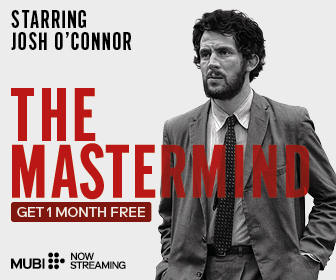

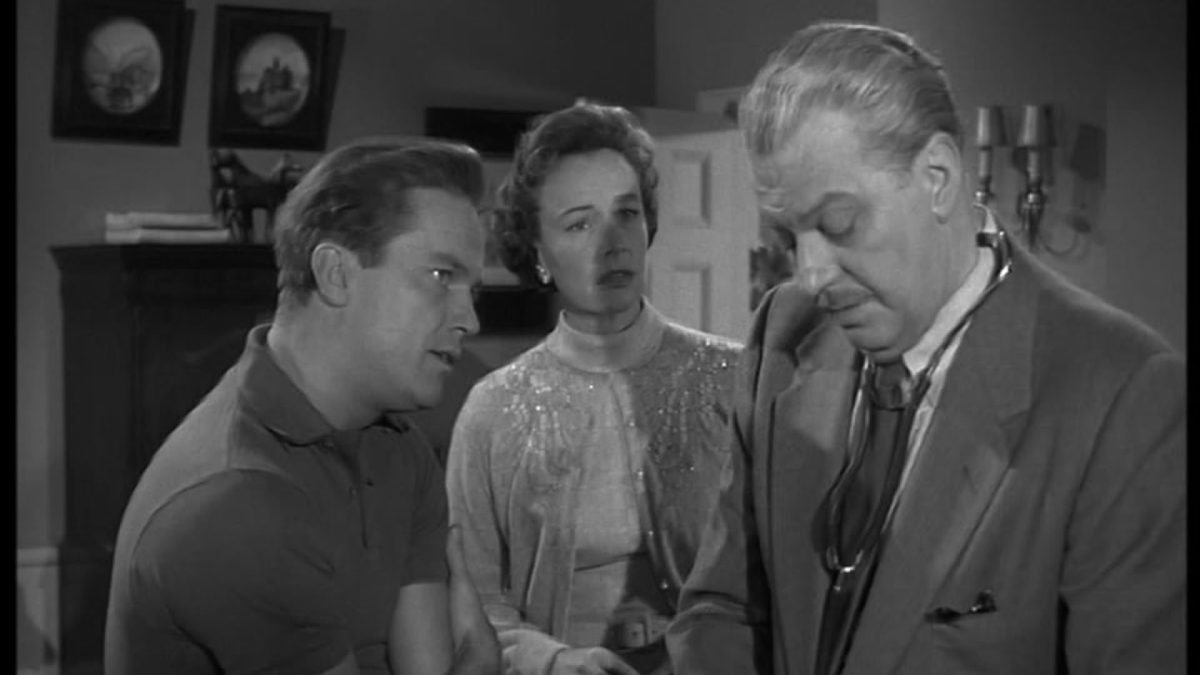
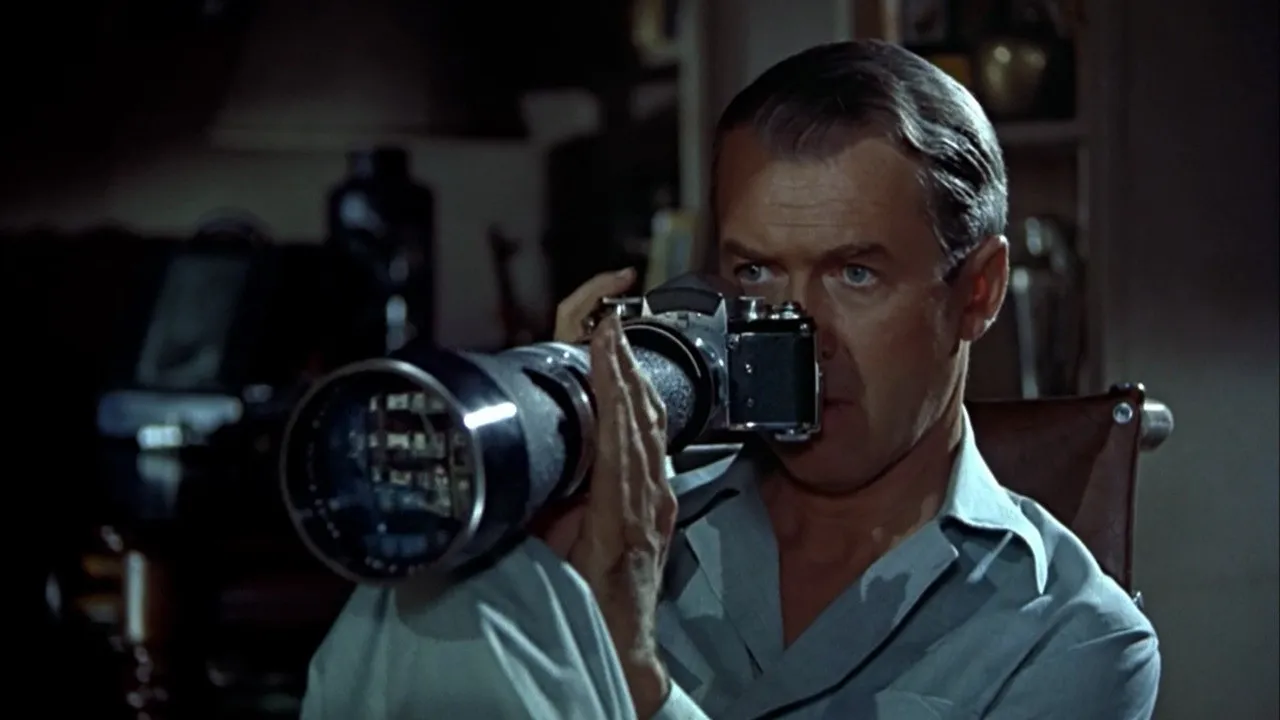
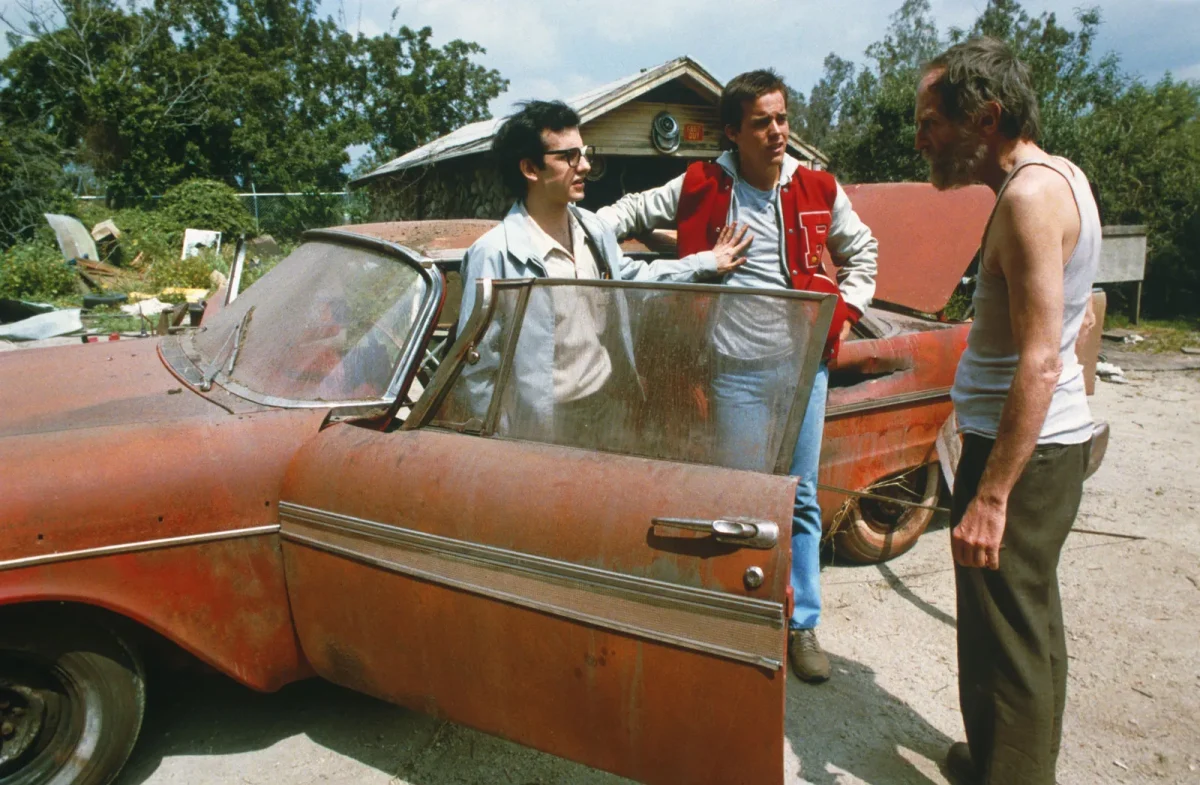
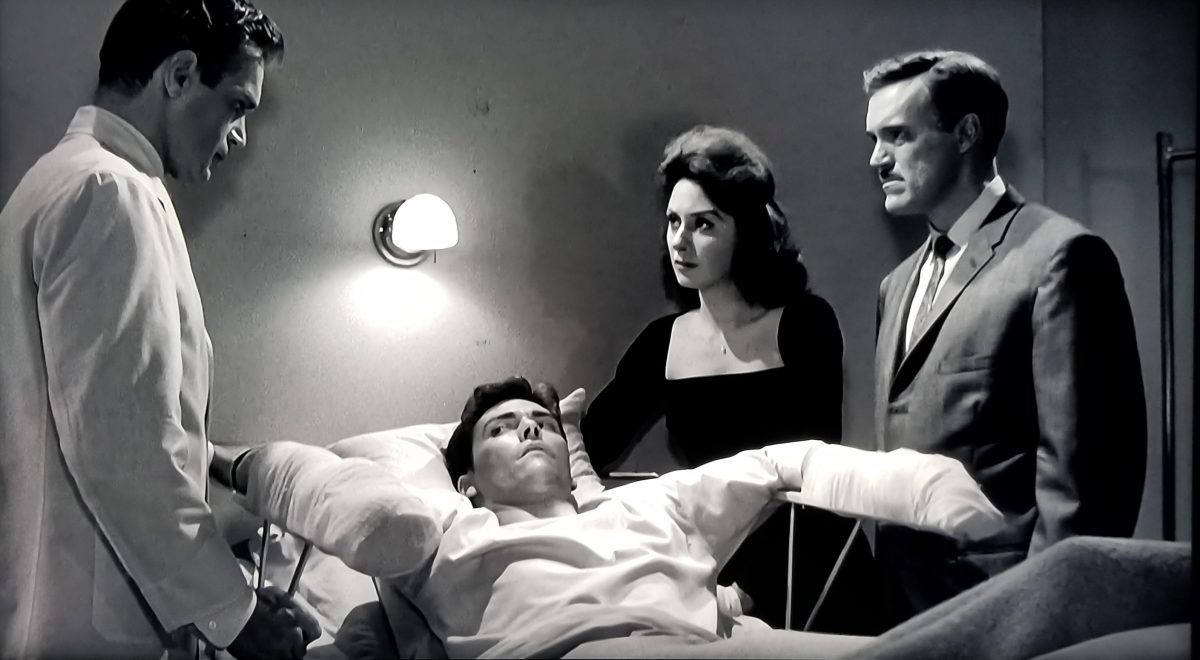
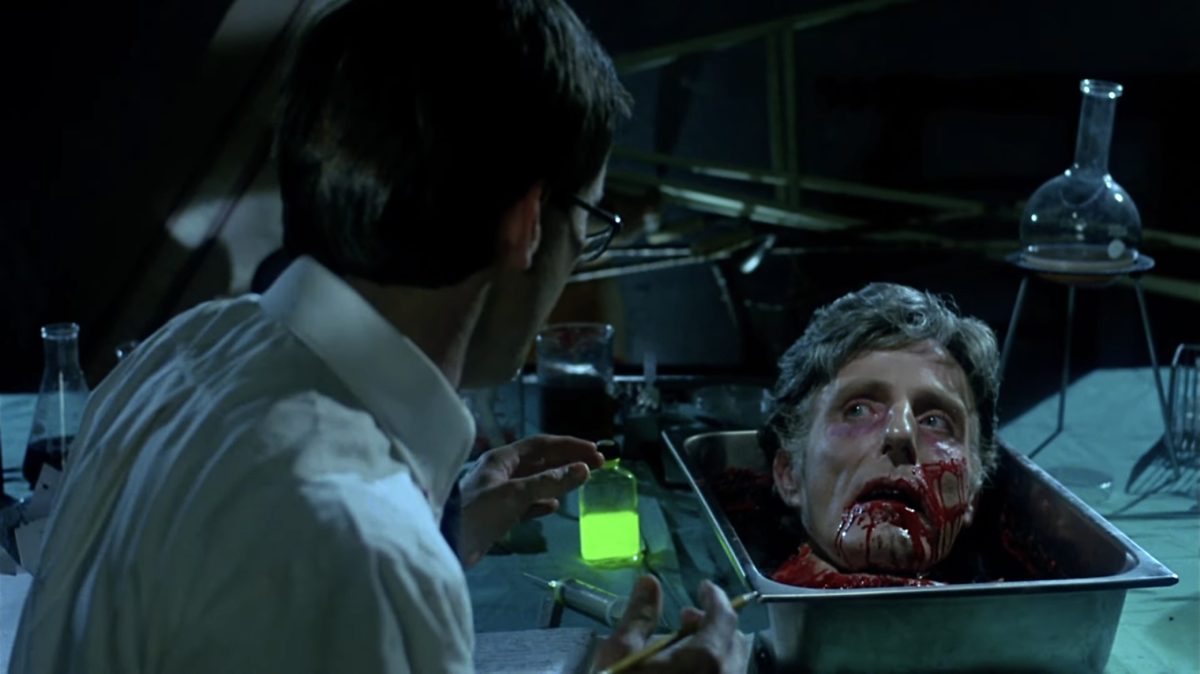
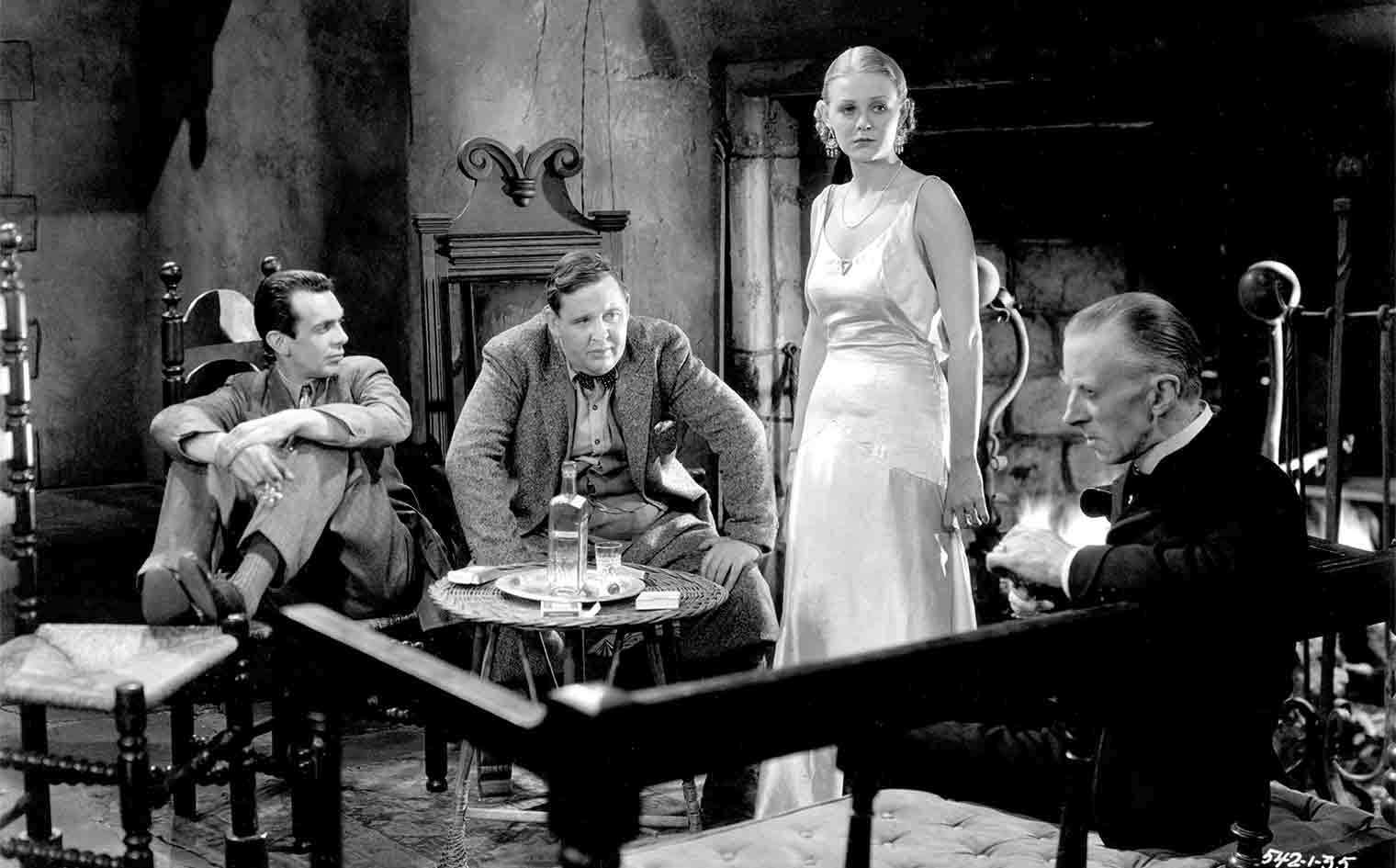

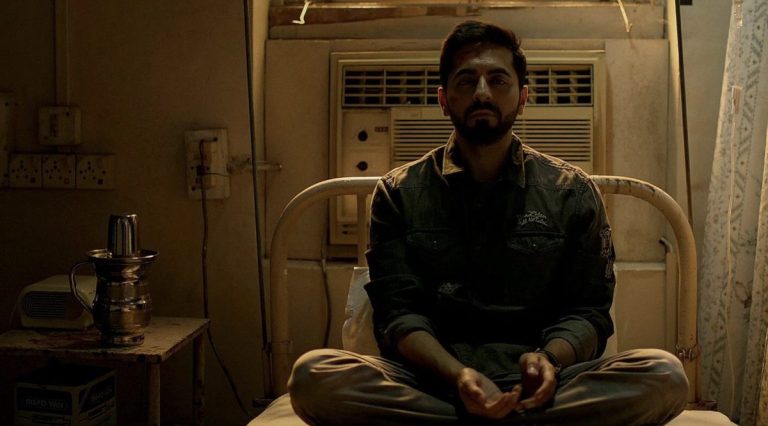

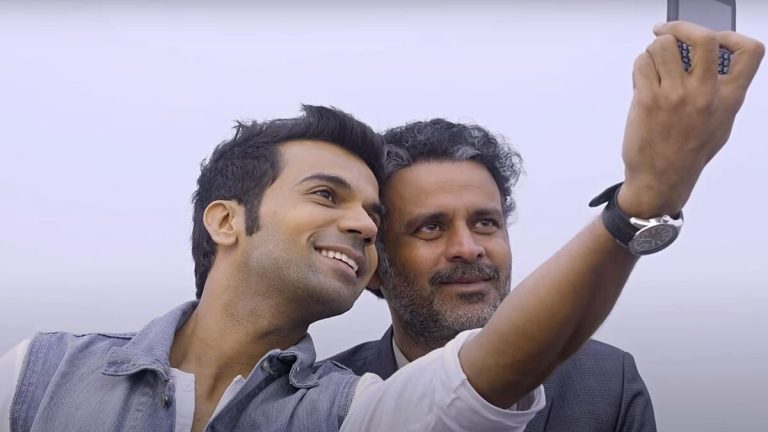
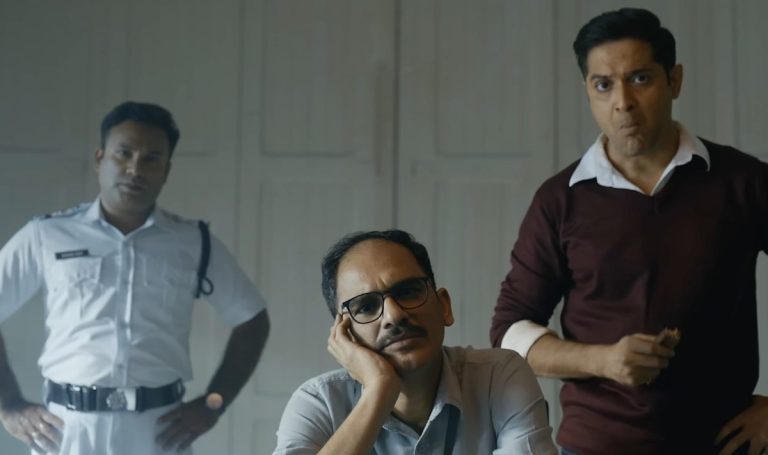
![Loktak Lairembee [2016] MUBI Review – A Poignant, Poetic Tale from the Floating Islands in Loktak Lake](https://79468c92.delivery.rocketcdn.me/wp-content/uploads/2021/10/Loktak-Lairembee-2016-Review-768x384.jpg)
